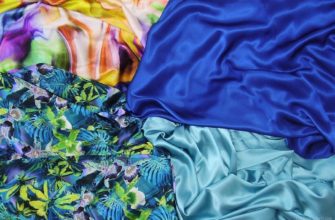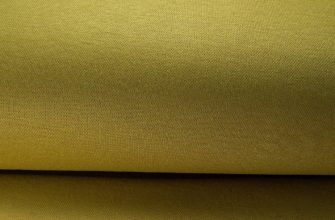Manufacturers indicate on the labels of their clothes or underwear what was used in sewing. Paying attention to the composition, you can notice that in the manufacture of, for example, shirts, artificial silk is used, and it becomes interesting what kind of fabric it is.
What is synthetic silk
Artificial silk is a fabric with a smooth surface, soft to the touch, and shiny. It looks very similar to natural silk, but its raw material is not silkworm cocoons, but cellulose, which is treated with alkali. It is used to create clothing and accessories - light scarves, shawls, ties.
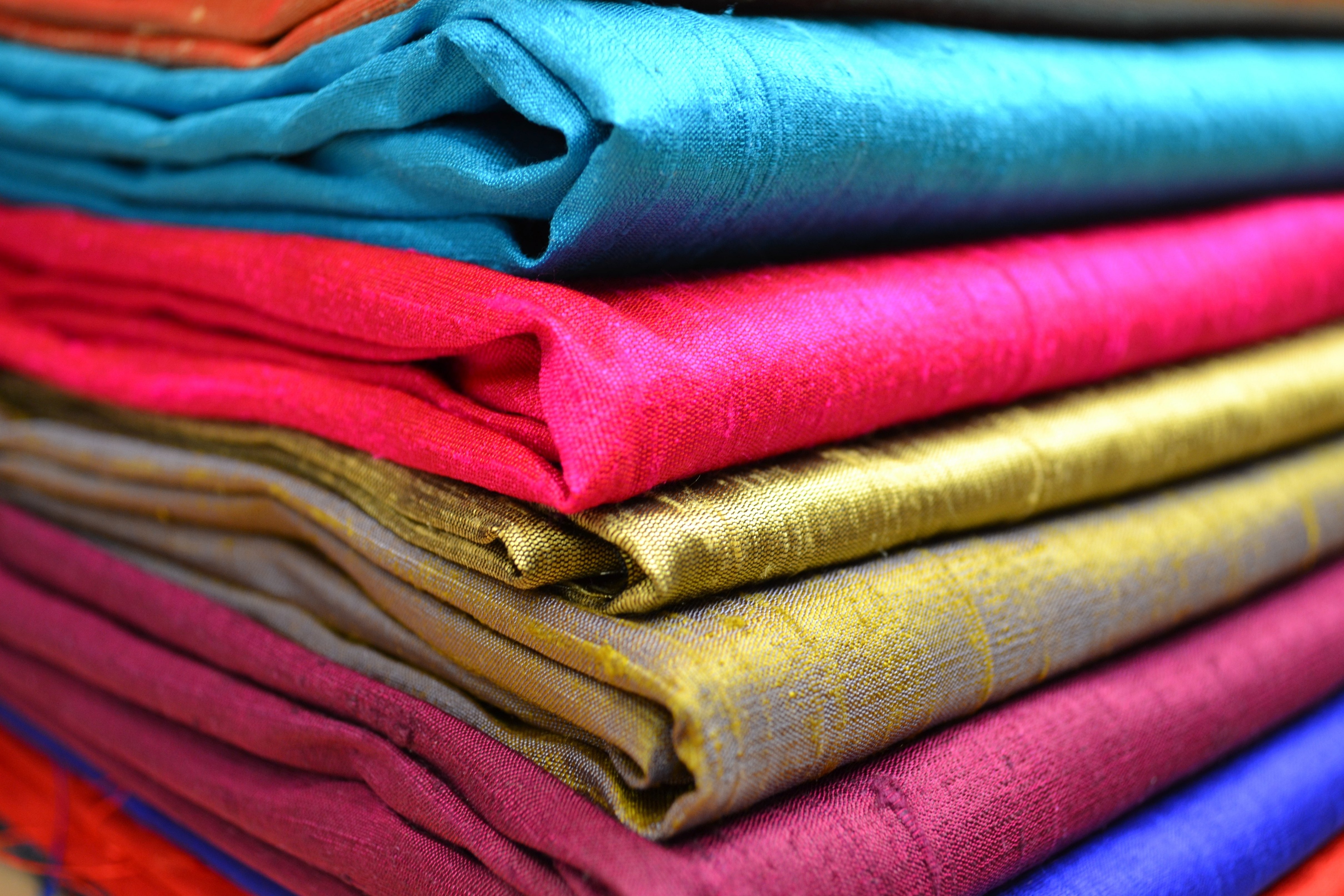
History of origin
Natural silk was created in China. The material was expensive and required special care, and the materials for its creation were not unlimited. Then, in the 19th century, Louis Chardonnet, a chemist from France, introduced the world to artificially created fibers, which were later given the name "Viscose" ("viscous"). Viscose was no different from silk, it was just as shiny and absorbed water well.
The production of synthetic silk required much less expenditure, and, accordingly, the price was lower. People bought up the analogue of expensive fabric en masse, and the number of factories producing viscose grew in the world.
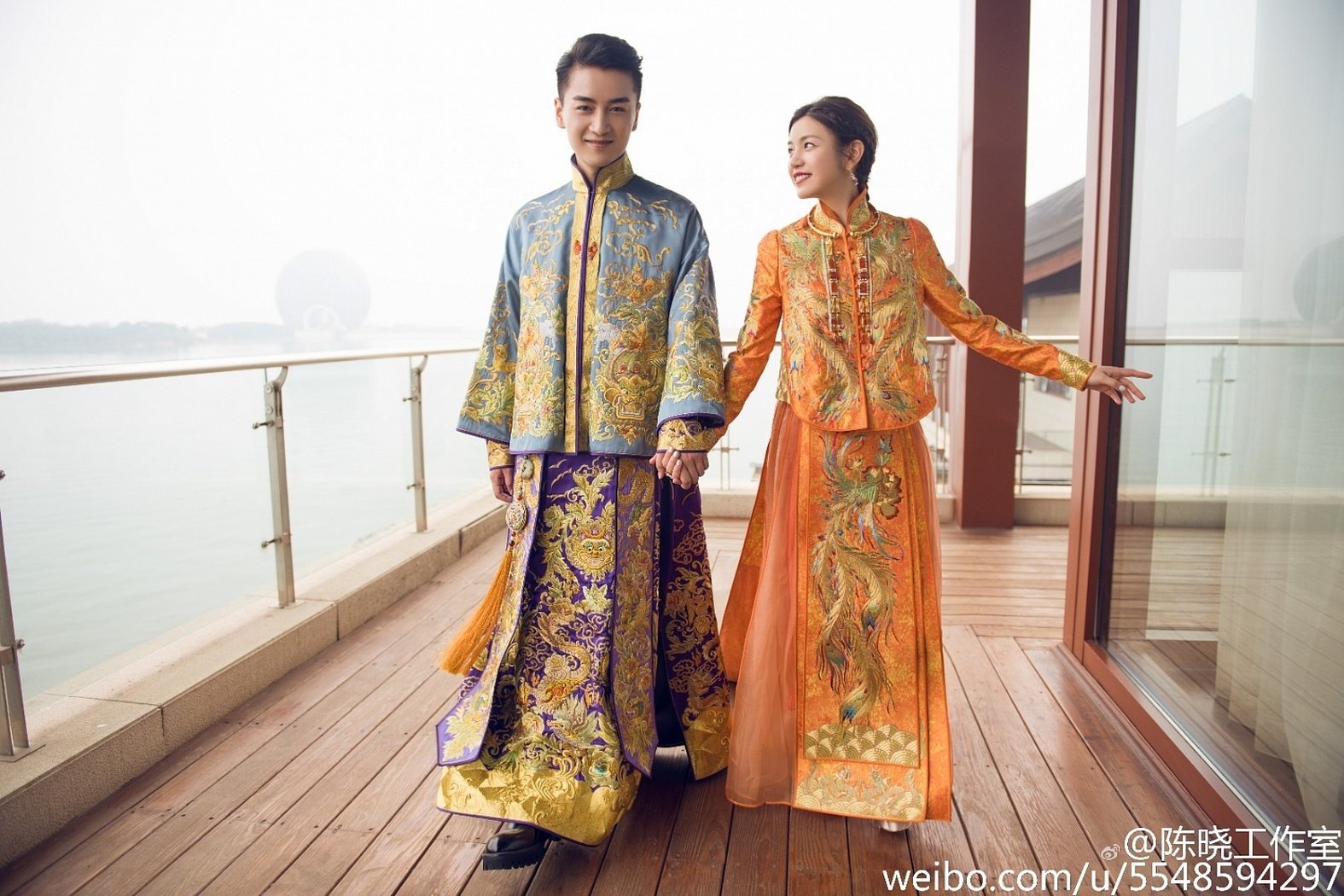
For your information! In 1930, viscose silk outsold natural silk by 8 times.
Composition and properties
Artificial silk is made from natural cellulose, which is processed into fibers after exposure to alkali and acid. Synthetic silk is made from polyester.
Characteristics of artificial fabric:
- absorbs water well, better than cotton;
- light;
- smooth;
- does not become electrified;
- The leather in products made from this material breathes.

Please note! To make the cost of silk fabric even lower, manufacturers add other chemical fibers and substances to their composition. The quality suffers, but not much. In cold weather, only a natural silk item can warm the body.
Secrets of production
The production of viscose consists of two stages: obtaining and shaping.
- The main element in the composition - cellulose - is boiled in a solution of wood, transferred to the surface of the conveyor and dried.
- Alkali is added to the raw material, which increases in size (swells).
- The pulp is pressed and crushed. Then a series of chemical actions occur: oxidation with oxygen, treatment with carbon disulfide and dissolution in sodium.
- The substance is left for several days. It must reach the required condition, only then will viscose be obtained.
- From the filter it goes into a spinning machine, where the raw material is exposed to acid (with a duration of 3 minutes, cellulose nitrate is obtained, with 17 minutes - trinitrocellulose). It hardens and threads are obtained, which are then cut and fiber is obtained.
- Also, after the threads are formed, the future material is painted. Only then is it sent for final drying.
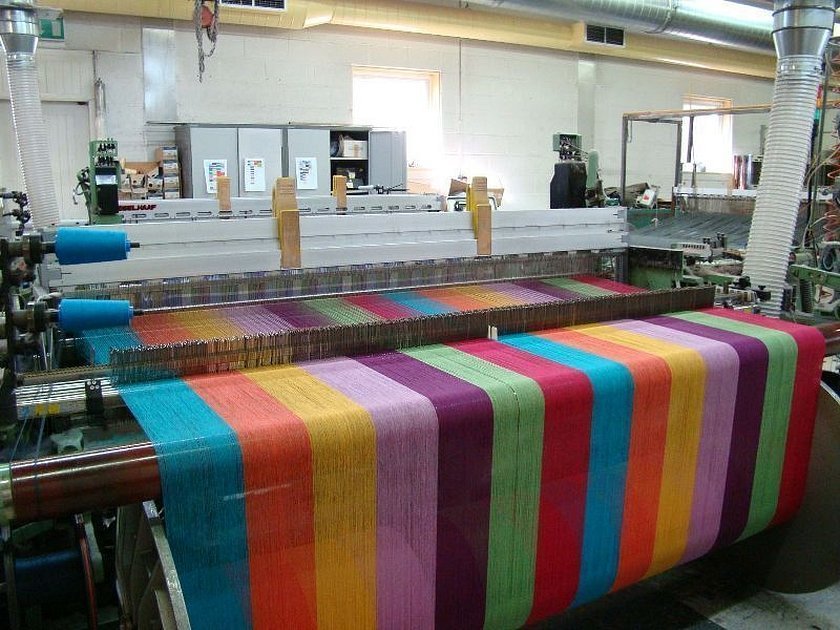
Differences between viscose, polyester and natural fabric
These three types have their differences:
- artificial leather wrinkles more than synthetic leather, but in both cases the leather breathes well;
- polyester becomes electrified;
- When viscose burns, it releases a gas that smells like burning paper. After burning, ash remains;
- burning synthetics produces the smell of burning plastic, after which only a solid piece of the former material remains;
- Natural silk does not produce a flame when burned, but it does produce a smell of burnt hair.

Differences between acetate silk and viscose silk
Acetate and triacetate fibers are varieties of unnatural esters of cellulose and acetic acid. They are most often obtained for spinning yarn. They have their own characteristics and differences from viscose:
- viscose fibers are stronger;
- elasticity is most noticeable in triacetate, less in acetate;
- viscose threads are the most resistant to washing, but products made from them are more likely to shrink;
- acetate fiber allows ultraviolet rays to pass through and can also dissolve in alcohol;
- acetate and triacetate have high electrification;
- Lightfastness is almost the same for all of them.
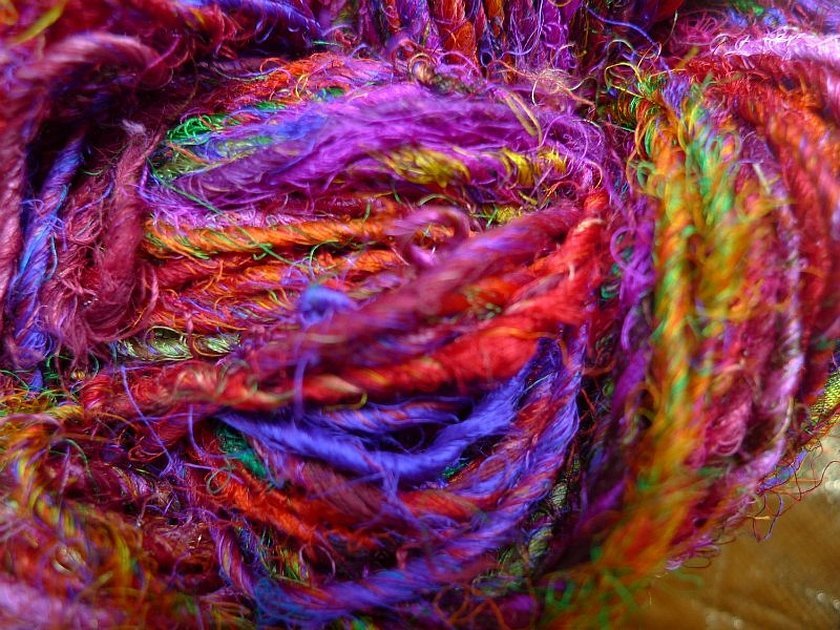
Applications of artificial silk
Cellulose materials are used to make several world-famous fabrics. These are satin, chiffon, crepe, organza. Modal, a popular material for bed linen, is made from eucalyptus cellulose.
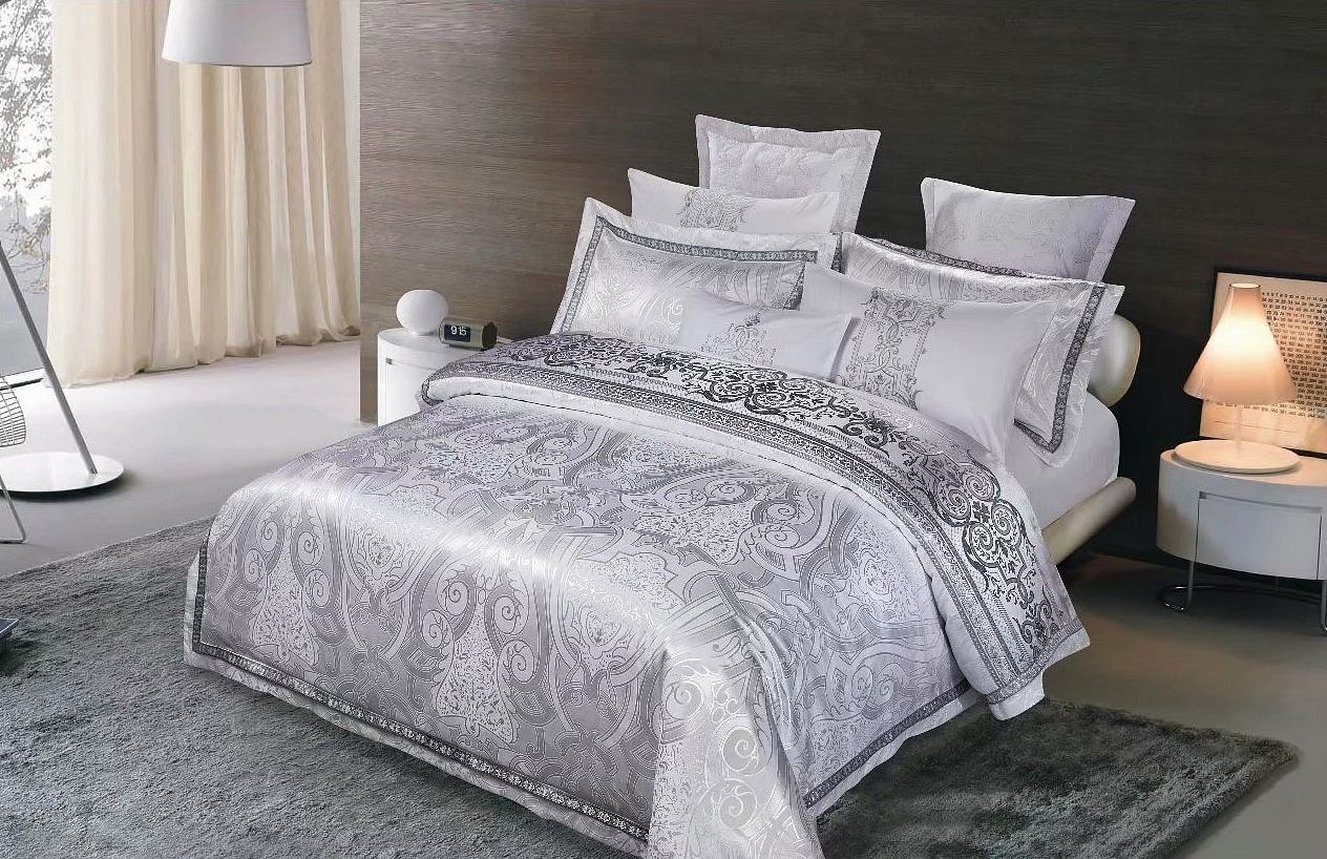
In addition to pillowcases and duvet covers, artificial silk fabrics are used:
- for sewing clothes. One of the famous materials is Armani viscose, from which summer dresses are sewn. In addition, you can find different styles of blouses, trousers and children's clothing;
- for creating underwear. It is in no way inferior to silk and at a lower price;
- for the production of interior design items - rugs, curtains. In addition to bed linen, there may be bedspreads;
- for the production of yarn for knitting. For example, the Kamtex factory is well known in this area.
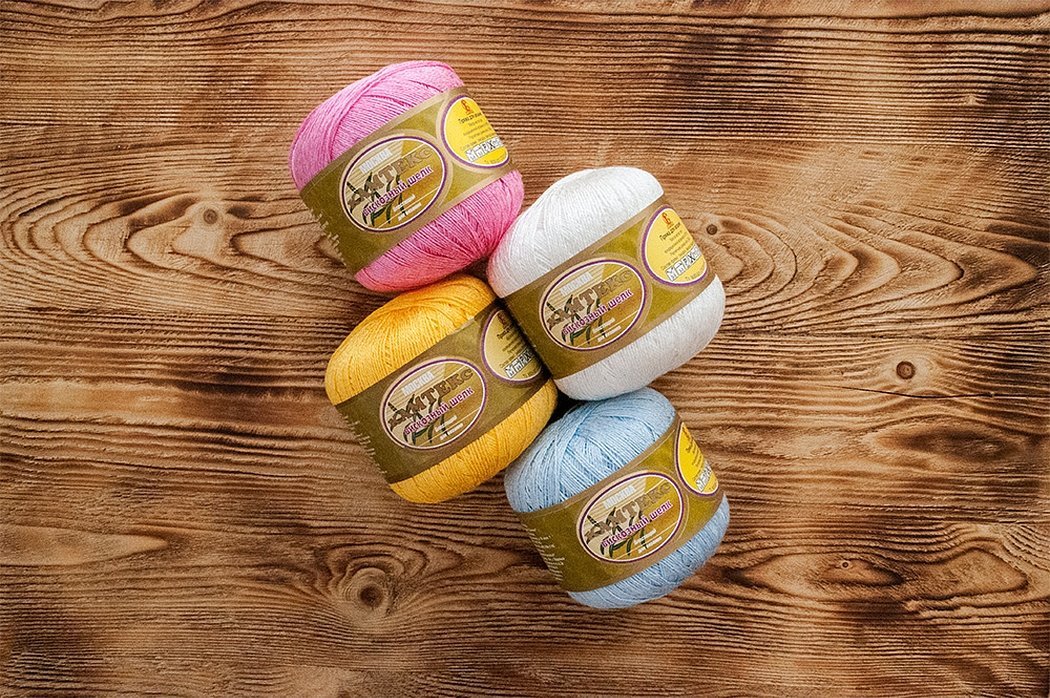
Fabric care
Both silk and viscose require proper care. But compared to the latter, artificial fibers are more unpretentious.
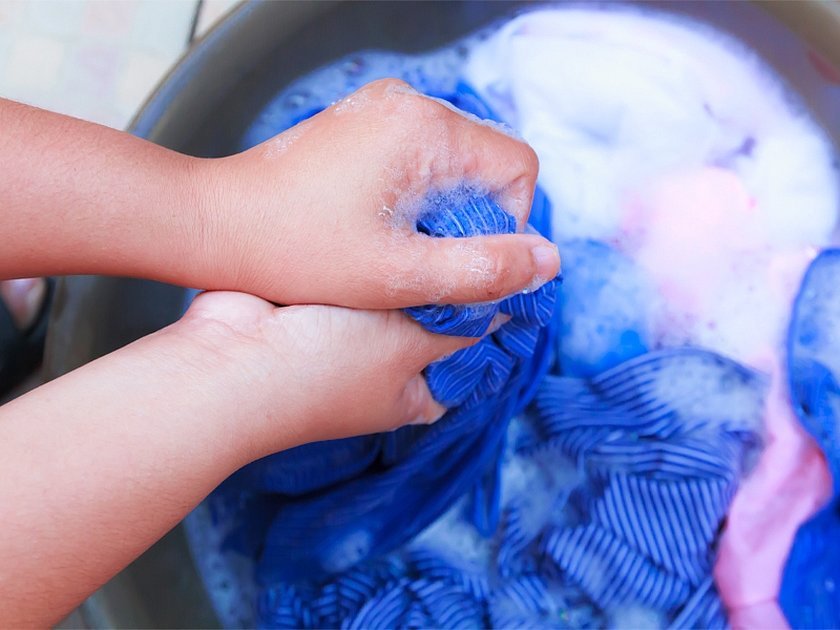
Washing and ironing
Caring for clothes and linen is not as difficult as it seems at first glance, it is enough to follow a few simple rules:
- It is better to wash by hand or in a washing machine on the "delicate wash" cycle. The water temperature should not exceed 30 °C;
- while drying the product, the edges need to be straightened independently, then carefully hung in a dark place on a hanger;
- It is important not to overdry, as the brightness of the fabric will disappear;
- You can iron, but only with a cool iron (no more than 70-80 °C).
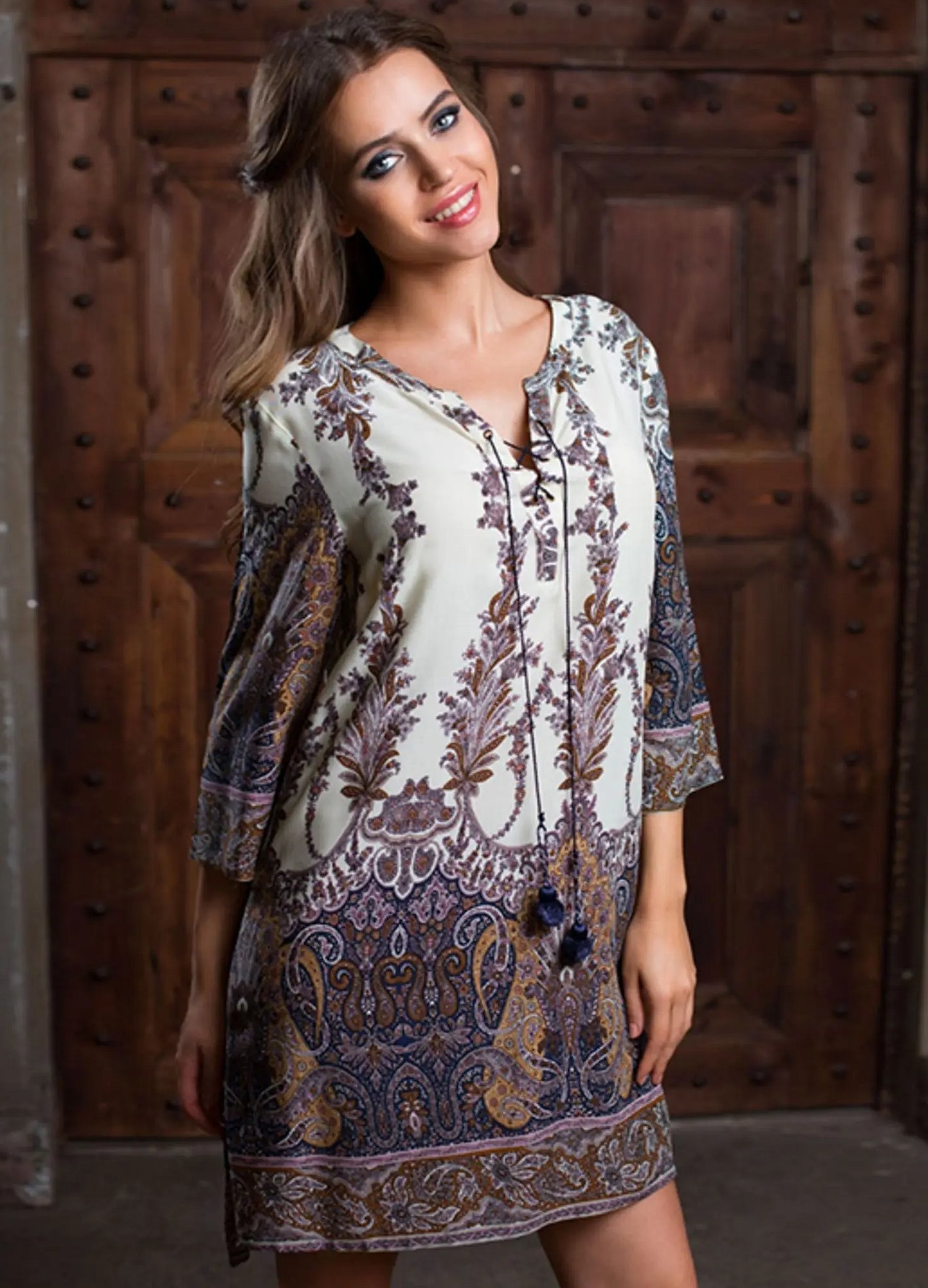
Please note! White silk shirts can be saved from yellowing by placing them in a special solution (6 liters of slightly cool water, 20 ml of vinegar and 50-80 ml of hydrogen peroxide) for 8-10 minutes.
Advantages and disadvantages
Viscose silk is a good option for those who want to save a little money, but still wear beautiful things. This material really has many advantages:
- permanent fabric coloring;
- hypoallergenic, so children's clothes are often made from it;
- drapes well;
- attractive smoothness and shine, no worse than natural silk;
- pleasant to the body.
With so many advantages, there are also disadvantages that are worth knowing about:
- unlike natural fiber, it does not have healing properties, i.e. it is not bactericidal;
- less breathable;
- the warming properties are much worse;
- it wrinkles more, and to eliminate this problem, synthetics are added to the composition.
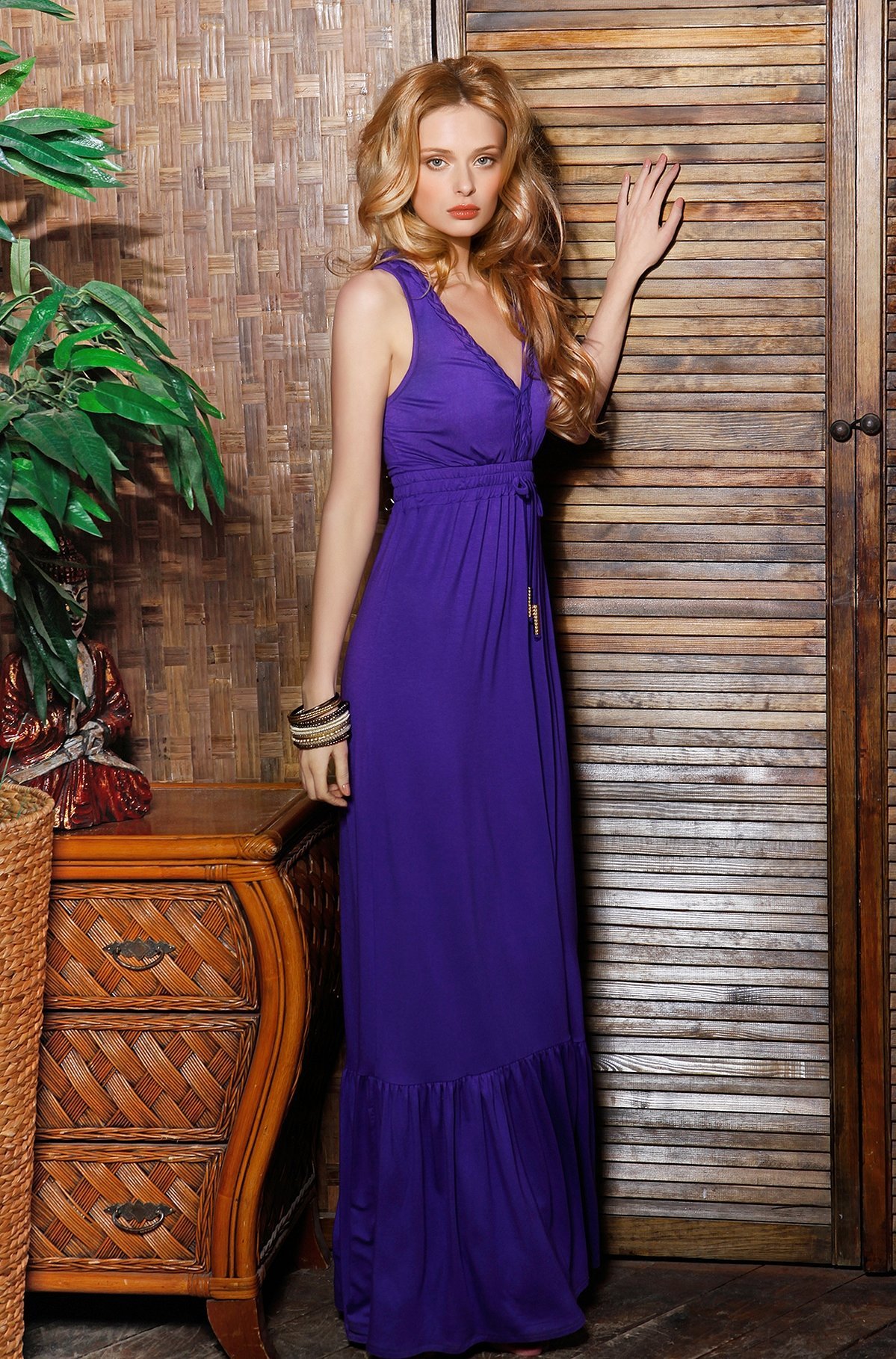
Clothes made from artificial fabrics can be no worse than those made from natural fibers. Viscose, even with some shortcomings, can be called a good replacement for expensive analogues.
https://www.youtube.com/watch?v=8YAFvDtZAHU


